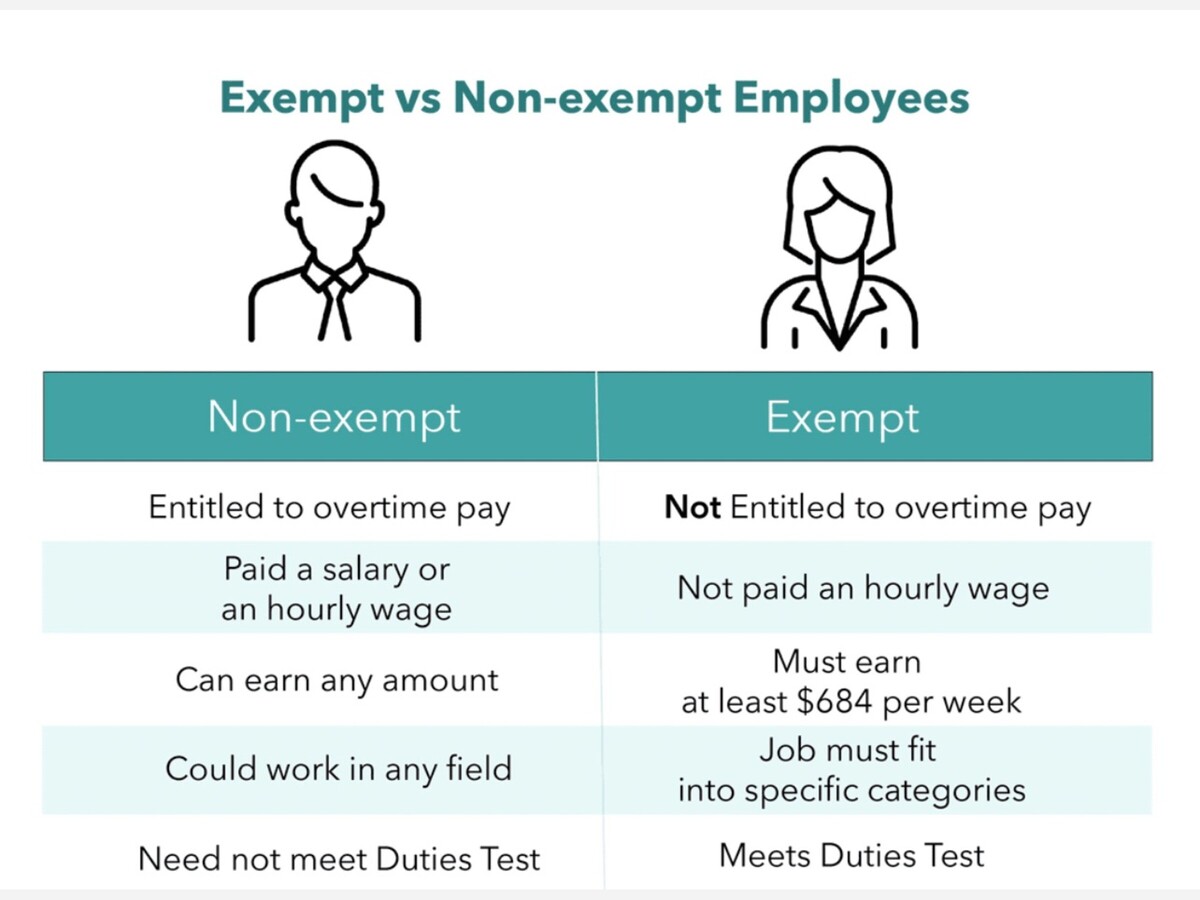Image


About 4 million more workers will qualify for overtime for overtime pay that were formerly exempted according to a new rules passed by the Department of Labor this week as reported in the Federal Register.
The FLSA requires employers to provide overtime pay to employees at one and one-half times an employee’s regular pay rate for every hour the employee works beyond 40 hours in a workweek, unless the employee falls within a specified exemption.
Under current DOL regulations, exempt employees include executive, administrative, professional, and computer employees who perform certain duties and earn at least $684 per week ($35,568 annually). The current regulations also exempt HCEs who perform office or non manual work and are paid a total annual compensation of at least $107,432.
Employees are exempt from the Fair Labor Standards Act’s minimum wage and overtime protections if they are employed in a bona fide executive, administrative, or professional capacity, as those terms are defined in the Department’s regulations at 29 CFR part 54. To fall within the EAP exemption, an employee generally must meet three tests:
The Department’s regulations also provide an alternative test for certain highly compensated employees who are paid a salary, earn above a higher total annual compensation level, and satisfy a minimal duties test.
The Rule Change Increased salary thresholds for the EAP exemptions above.
The DOL’s final overtime rule increases the standard salary level requirement for executive, administrative, professional, and computer employees in two stages:
When the rule is fully implemented in January, the agency estimates in it its first year, the rule is expected to result in an income transfer of about $1.5 billion from employers to workers, mainly from new overtime premiums or from pay raises to maintain the exempt status of some affected employees.
This final rule is bound to face legal challenges similar to those faced by prior rules increasing the salary thresholds. A federal court in Texas invalidated the Obama administration’s 2016 rule (which would have raised the standard salary level from $455 to $933 per week) less than ten days before it was to take effect. And a challenge to the Trump administration’s 2019 rule (which raised the threshold from to $455 to the current level of $684) is on appeal in the Fifth Circuit. A Republican congressman has proposed legislation that seeks to prohibit the Secretary of Labor from implementing and enforcing the rule, but this proposed legislation has little chance of becoming law prior to the final rule becoming effective. Ultimately the legal challenges failed and the rules under Obama and Trump took effect.
“This rule will restore the promise to workers that if you work more than 40 hours in a week, you should be paid more for that time,” acting Labor Secretary Julie Su said in a statement. “Too often, lower-paid salaried workers are doing the same job as their hourly counterparts but are spending more time away from their families for no additional pay. That is unacceptable.”
The final rule includes a mechanism for automatically updating these salary and compensation levels every three years based on then-current earnings data. The first automatic update will occur on July 1, 2027.